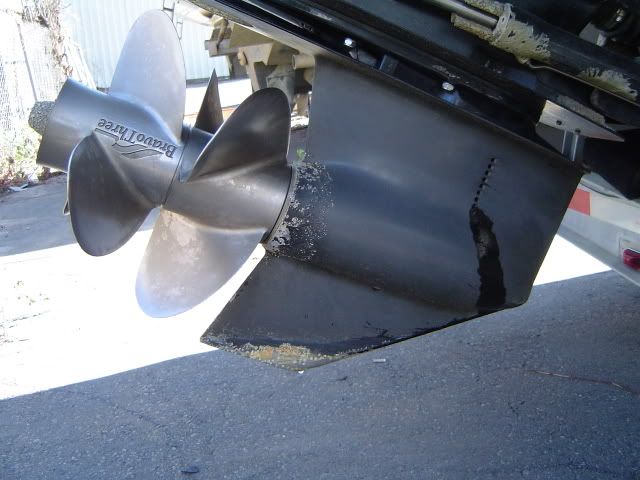wickeral
New Member
As is widely reported, Corrosion and Upper Bearing/Gear Failure are reportedly an Issue. I have a BIII on our 97/250, (5200LBS.) and am quite comfortable with it. I've installed a Drive Shower which I consider a must for BIII's and have Powder Coated the Props for any Electrolysis potential. (I can't explain why, but the Powder Coated Props gave me 200 additional RPM.). To me that equates that the Engine isn't Bogged down on the Torque Generated, so it's a big plus! How about a few comments on this? Al W.






